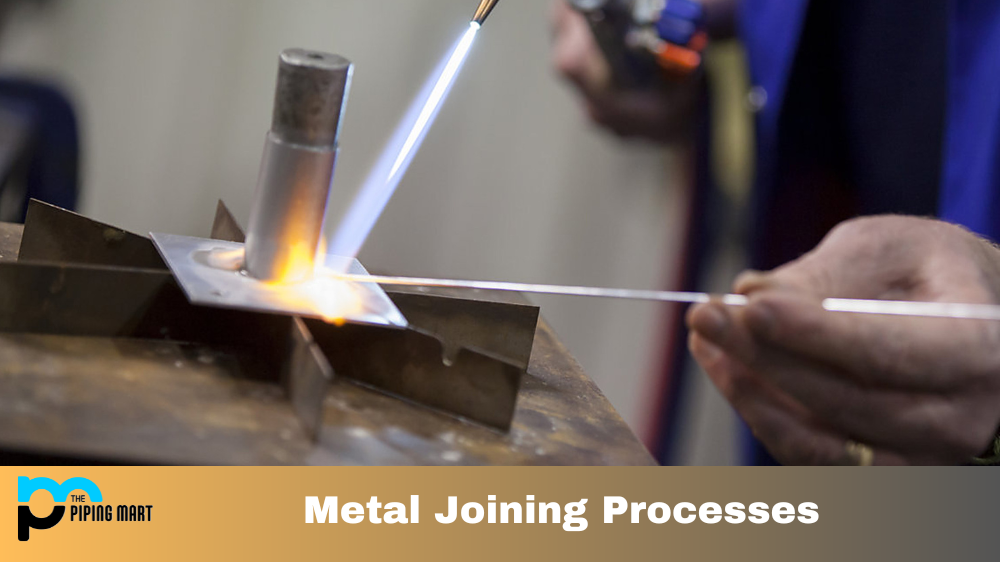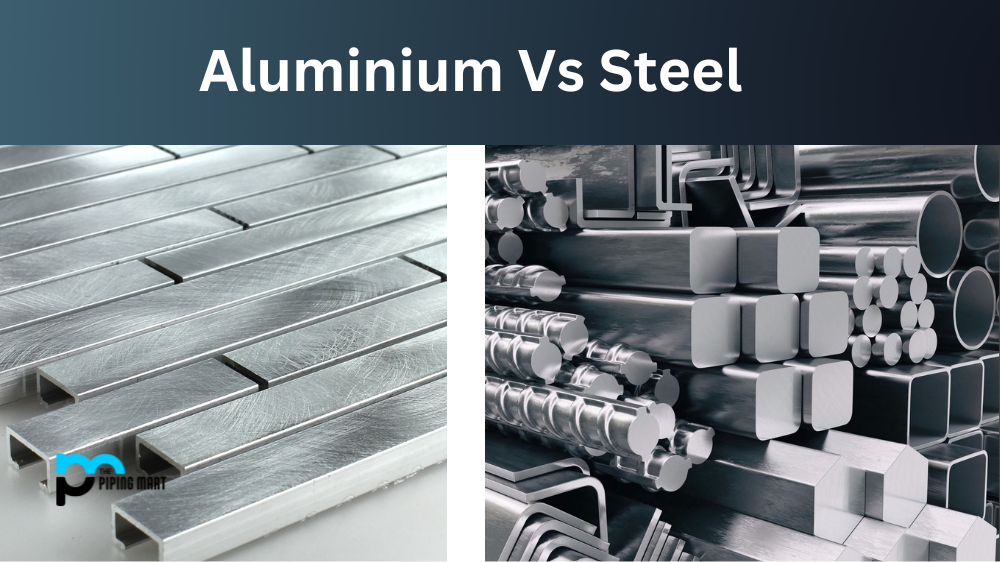Steel is one of the most commonly used materials in the manufacturing industry. It is durable, strong, and can be shaped into countless forms. However, not all steel is the same. Two of the most popular types of steel used in manufacturing are 1018 and 1022 steel. While they may seem similar initially, some notable differences can affect their performance in various applications. In this blog, we’ll explore the differences between 1018 and 1022 steel to help you decide when choosing the right type of steel for your next project.
1018 steel
1018 steel is a low-carbon steel containing 0.18-0.20% of carbon, manganese, phosphorous and sulfur for enhanced strength and better machinability. It provides excellent weldability properties with good formability and is often used to make structural components like axles, shafts, spindles and pins due to its superior mechanical properties.
1022 steel
1022 steel is a medium-carbon steel frequently used in manufacturing components requiring strength, toughness, and wear resistance. It features good hardenability, machinability, and thermal properties with excellent formability and weldability. It also offers improved fatigue strength compared to lower carbon grades, making it an ideal material for various automotive parts such as crankshafts and gears.
Differences between 1018 and 1022 steel
Chemical Composition
One of the major differences between 1018 and 1022 steel is their chemical composition. 1018 steel contains 0.18% carbon content, which makes it more pliable and easier to machine. On the other hand, 1022 steel contains between 0.18% to 0.23% carbon content, which makes it slightly harder than 1018 steel. Additionally, 1022 steel contains a small amount of silicon and manganese, which improves its strength and toughness.
Tensile Strength
Another significant difference between 1018 and 1022 steel is their tensile strength. 1022 steel has a higher tensile strength compared to 1018 steel. 1022 steel has a tensile strength of 65,000 psi, while 1018 steel has a tensile strength of only 58,000 psi. This means that 1022 steel is better suited for applications that require higher strength, such as fasteners, bolts, and screws.
Machinability
When it comes to machinability, 1018 steel is the clear winner. Due to its lower carbon content, 1018 steel is easier to machine and has better weldability than 1022 steel. In contrast, 1022 steel is harder and more brittle, which makes it more challenging to machine. As a result, 1022 steel is generally used for applications where high strength is required rather than for machining.
Cost
The cost of 1018 and 1022 steel varies depending on availability, quantity purchased, and location. However, 1018 steel is generally more affordable than 1022 steel. This is because 1022 steel has additional chemical elements contributing to its higher strength and hardness, making it more expensive.
Conclusion:
The 1018 and 1022 steel differences lie in their chemical composition, tensile strength, machinability, and cost. Understanding these differences is crucial when selecting the right type of steel for your application. If machinability and weldability are essential, then 1018 steel is the best option. However, if strength and durability are more critical, 1022 steel is a better choice. Always work with a reliable supplier who can provide you with high-quality steel that meets your specific requirements.

Abhishek is a seasoned blogger and industry expert, sharing his insights and knowledge on various topics. With his research, Abhishek offers valuable insights and tips for professionals and enthusiasts. Follow him for expert advice on the latest trends and developments in the metal industry.




